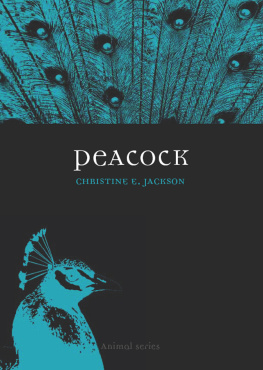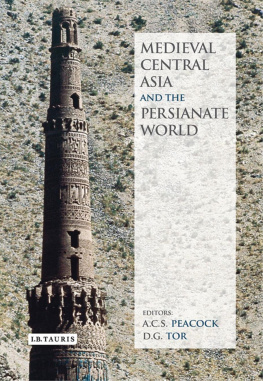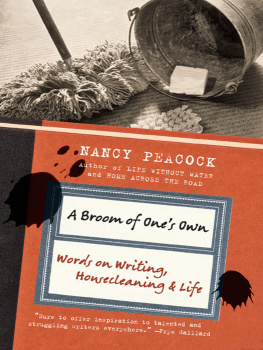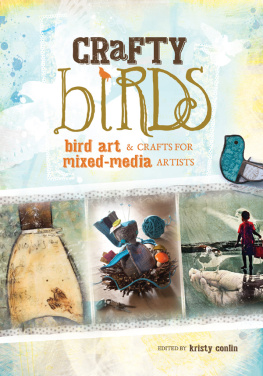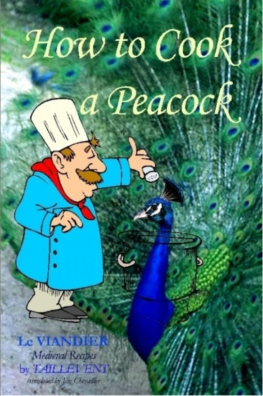Peacock

Animal
Series editor: Jonathan Burt
| Already published |
Crow
Boria Sax | Rat
Jonathan Burt |
Ant
Charlotte Sleigh | Snake
Drake Stutesman |
Tortoise
Peter Young | Whale
Joe Roman |
Cockroach
Marion Copeland | Falcon
Helen Macdonald |
Dog
Susan McHugh | Bee
Clare Preston |
Oyster
Rebecca Stott | Tiger
Susie Green |
Bear
Robert E. Bieder | Parrot
Paul Carter |
| Forthcoming |
Cat
Katherine M. Rogers | Moose
Kevin Jackson |
Fly
Steven Connor | Crocodile
Richard Freeman |
Fox
Martin Wallen | Spider
Katja and Sergiusz Michalski |
Salmon
Peter Coates | Duck
Victoria de Rijke |
Hare
Simon Carnell | Cow
Hannah Velten |
Peacock
Christine E. Jackson
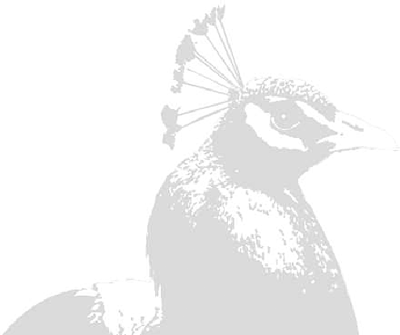
REAKTION BOOKS
Published by
REAKTION BOOKS LTD
33 Great Sutton Street
London EC1V 0DX, UK
www.reaktionbooks.co.uk
First published 2006
Copyright Christine E. Jackson 2006
All rights reserved
No part of this publication may be reproduced, stored in a retrieval system or transmitted, in any form or by any means, electronic, mechanical, photocopying, recording or otherwise without the prior permission of the publishers.
Page references in the Photo Acknowledgements and
Index match the printed edition of this book.
Printed and bound in Singapore by CS Graphics
British Library Cataloguing in Publication Data
Jackson, Christine E. (Christine Elisabeth), 1936
Peacock. (Animal)
1. Peafowl
I. Title
598.6258
eISBN: 9781861894960
Contents

A male blue peacock displaying.
Introduction
Across the world, the blue or Indian peacock is recognized and regarded as a most glamorous bird. Remarkably, it is not generally known that there is an even more splendid green peacock and also a much smaller, dumpier, African peacock that does not have the spectacular train.
The blue Indian and green peacocks are two of the most beautiful birds in the world. The blue peacock was so much admired that it was taken from its native haunts in India and Sri Lanka, thousands of years ago, and gradually distributed around the western world. We do not know when it was first introduced into Britain, but it was a long time ago. That such an exotic bird became so familiar as an inhabitant of our gardens and barnyards is a tribute to its hardiness and adaptability as much as to its beauty.
Apart from the wonderful, brilliant plumage and extraordinary performance in raising its long train in a remarkable display, this is a bird of distinctive character. We think of the peacock as a thoroughly masculine bird, proud, showing off, flamboyant and aggressive. We accuse him of strutting proudly, even referring to him when displaying as being in his pride. His propensity to show off has recently been evoked to describe the manner in which human youths behave. It has been found that separating boys from girls into different classes at school has improved the academic results of both. Educationalists put this down to removing the peacock effect.
| Male green and Congo peacocks. |  |
The most impressive characteristic of the blue and green peacocks is their ability to lift their train feathers into a huge arc, 1.82.1 metres wide, and walk round with this display, shimmering and rattling the feathers. It is a breathtaking display for the human viewer, although the peahen appears to be indifferent. She behaves as though she has seen it many times before, day after day, week after week, every springtime as indeed she has. Her only apparent response is to peck studiously at minute particles of food on the ground. This studied indifference has intrigued scientific observers, including Charles Darwin. In the 1990s scientists made careful observations of females and their choice of mates and proved that the apparently disinterested and otherwise engaged females are actually far more observant than would appear. They choose for mates, and lay more eggs for, males with the largest trains. It is three years before a peacocks train attains its full length, largest eye-spots (ocelli) and most intense colour. The peahens discerning eye carefully selects the most glamorous and mature male, rejecting younger, less splendid birds.

An 1860s wood engraving of blue peacocks.

J. J. Grandvilles caricature of a man full of pride, like a peacock. He boasts: Im a millionaire, with five castles, a host of friends.
Despite having been part of our bird community for centuries, little has been written about the blue peacock and few facts are generally known about the birds by others than aviculturalists. Only a few books have been devoted entirely to the peacock, although illustrations of the bird appear in the earliest manuscripts. A little more was written about them in general natural histories and in monographs when books on the Galliformes (the avian order containing peacocks as well as their close relatives, the pheasants, partridges, quails and jungle fowl) were first published in the nineteenth century, but it was not until the late twentieth century that a book solely about peacocks was published.
The peacock is recognized as a symbol in the religions of its natural Asian habitats, where it is a vehicle for gods in the Hindu and Buddhist religions. It is also the subject of fairy stories, myths and legends. In the west, one of the most famous legends about the peacock, known to both Greeks and Romans, is how it acquired the eye-spots in its train feathers. The chief god Jupiter and his wife the goddess Juno were responsible for the remarkable ocelli being placed in the peacocks plumage. Jupiter could never resist a beautiful human maiden, and this made Juno extremely angry when she caught him out. One of these unfortunate females was Io, whom Jupiter had to transform quickly into a cow in an attempt to hide her from his wifes anger. Juno demanded the cow be given to her and charged her cowherd, Argus, who had one hundred eyes all over his body and so never slept, with the task of guarding Io. Argus was killed and Juno preserved his hundred eyes by transferring them onto the train feathers of her royal bird, the peacock.
Other stories about the peacocks train, its voice and even its feet abound in the literature of both east and west, but awareness of the presence of the peacock in our midst hasvaried in intensity over the centuries. There have been several periods when the peacock has been prominent. It was present in early Christian art in illustrated manuscripts and paintings of biblical scenes such as the

